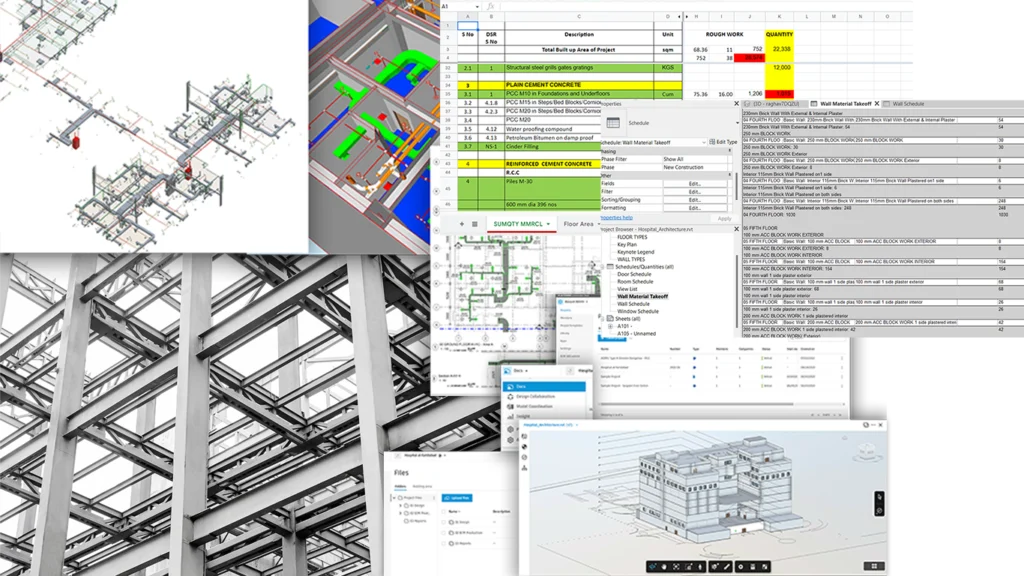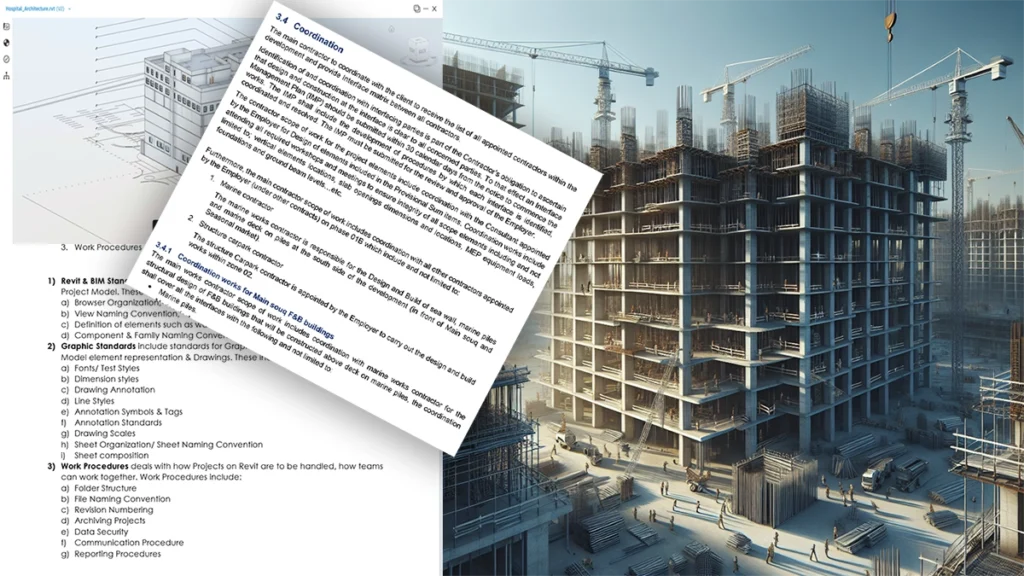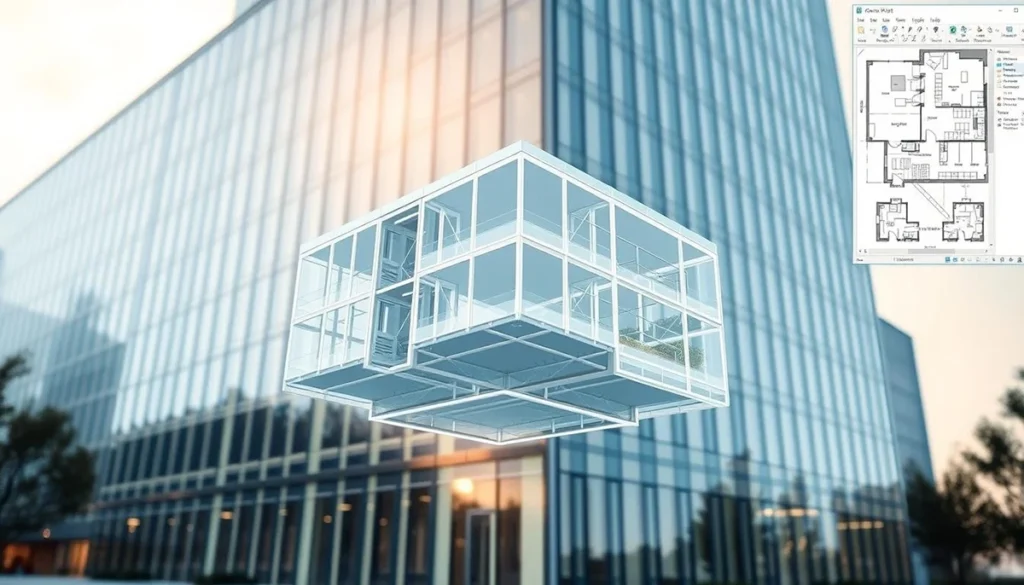How BIM Transforms Architectural Design Process
Published Date
Last Modified

- How BIM Transforms Architectural Design Process
- How BIM Transforms Architectural Design Process
- Understanding BIM in Architectural Practice
- The Integration of Sustainable Design
- Practical Applications of BIM in Construction Management
- Leveraging BIM for General Contractors
- Revit: A Powerful Tool for BIM Implementation
- Conclusion: Embracing the Future of Architectural Design
How BIM Transforms Architectural Design Process
Building Information Modeling (BIM) is reshaping the architectural design process. It connects technology with sustainable design, making it a vital tool for architects.
BIM enhances collaboration among project stakeholders, leading to more efficient workflows. This methodology offers a smarter way for architects to create and manage their designs.
In this article, we’ll explore how BIM influences architectural practices and highlight its role in promoting sustainability and improving project outcomes.
Understanding BIM in Architectural Practice
Building Information Modeling, or BIM, represents a digital transformation in the AEC industry. It involves creating and managing digital representations of the physical and functional characteristics of places.
BIM is different from traditional design methods because it encourages teamwork. It offers a shared source of information about a building. This helps everyone make better decisions during the building’s entire life.
The Role of BIM for Architects
BIM for Architectural Practices is not just a tool; it is a methodology. It integrates design and data into one cohesive system. Using BIM allows architects to visualize the entire project. They can analyze its environmental impact and ensure compliance with sustainability standards from the beginning. This capability is especially important in today’s climate-conscious world. Sustainable design is now essential, not optional.
Enhancing Design Efficiency
BIM streamlines the design process, allowing architects to create detailed 3D models that can be modified in real-time. This flexibility not only enhances design accuracy but also reduces the likelihood of costly errors. Revit offers strong features that help architects perform clash detection. This ensures that all building elements fit together smoothly before construction starts.
The Integration of Sustainable Design

/Sustainability is central to modern architectural design, and BIM is crucial in promoting eco-friendly practices. Using BIM, architects can assess the sustainability of their designs early on. They can include energy-efficient features and materials to reduce environmental impact.
BIM-Driven Sustainable Solutions
BIM software such as Revit offers tools for energy analysis and simulation. These tools enable architects to evaluate the energy performance of their designs effectively. This capability enables the design of buildings that are not only aesthetically pleasing but also energy-efficient. Moreover, BIM supports lifecycle assessment, helping architects to choose sustainable materials that contribute to a building’s overall environmental performance.
Practical Applications of BIM in Construction Management
For construction project managers, BIM offers a wealth of benefits that enhance project coordination and execution. By integrating BIM into their workflows, project managers can improve communication among stakeholders, streamline project timelines, and reduce risks.
Improved Project Coordination
BIM facilitates seamless collaboration among all stakeholders, including architects, engineers, and contractors. The shared platform allows everyone to access the latest information. This reduces misunderstandings and keeps all parties aligned with the project’s goals.
Risk Mitigation and Cost Control
One of the significant advantages of BIM is its ability to identify potential issues before they become costly problems. By enabling detailed visualization and analysis, BIM helps project managers mitigate risks, optimize resource allocation, and maintain budgetary control.
Leveraging BIM for General Contractors
General contractors stand to gain significantly from adopting BIM. The technology provides a comprehensive understanding of the project, enabling contractors to plan effectively and execute projects with precision.
Streamlined Construction Processes
With BIM, general contractors can streamline construction processes by visualizing each phase of the project. This visualization aids in scheduling, resource management, and on-site coordination, ultimately leading to more efficient project execution.
Enhanced Quality Control
BIM’s detailed modelling capabilities allow contractors to maintain high standards of quality control. By identifying and resolving potential issues during the design phase, contractors can ensure the construction process meets quality standards.
Revit: A Powerful Tool for BIM Implementation
Revit is one of the top BIM software solutions. It offers many features that support architectural design and construction management. Its interface is user-friendly. It offers comprehensive tools. This makes it an excellent choice for professionals. They can effectively leverage the power of BIM.
Key Features of Revit
Revit’s parametric modeling features allow architects to create detailed models filled with data. These models can be easily modified and updated. Its collaboration tools facilitate seamless teamwork, allowing multiple users to work on a project simultaneously. Additionally, Revit’s interoperability with other software ensures that project data can be shared and integrated across various platforms.
Practical Use-Cases of Revit
Revit’s versatility is evident in its wide range of applications, from residential and commercial architecture to infrastructure projects. Architects can utilize Revit to design intricate structures, perform energy analysis, and create construction documents, all on one platform. Revit has two stages of development
- Revit Modelling: Revit Models are created, and coordinated along with clash detection and resolution.
- Documentation and Drawings: Once the Revit Model is revised, the Documentation and Drawing stage starts. This ensures that changes in the Revit Model are minimized during this stage and all annotations remain intact
Conclusion: Embracing the Future of Architectural Design
In conclusion, BIM is transforming the architectural design process by offering a comprehensive, data-driven approach to building projects. Its integration into the AEC industry is not merely a trend; it is essential for professionals. This technology helps enhance design efficiency, embrace sustainable practices, and improve project outcomes. By using tools like Revit, architects, construction project managers, and general contractors can fully utilize BIM. This approach leads to innovative and sustainable architectural solutions.
As we explore the possibilities of BIM, it is essential for industry professionals to stay informed. Adapting to the changing technological landscape is crucial for success. By doing so, they can stay at the forefront of architectural design. This allows them to deliver projects that are both successful and environmentally responsible.


